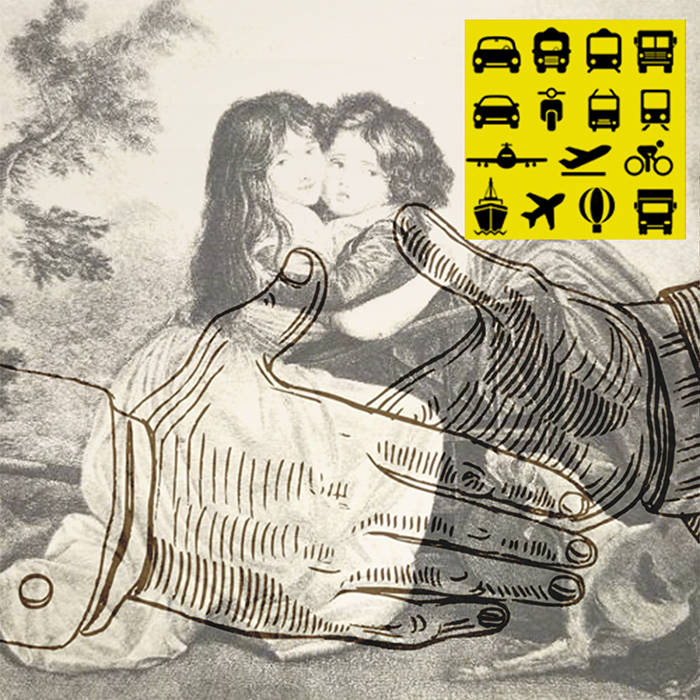Together with the child, make a list with two columns headed ‘who’ and ‘how’, Help the child to identify who they need to say goodbye to, and how they will do it e.g. making a card for the class teacher.
This can be adapted to think about who the child would like to stay in touch with, and how they might do this with different people; staying in touch reinforces the message that the child exists to the person even when they no longer meet every day.

Help the child to identify the people they like and love in the school or family they will be moving on from. Note those people down. Draw a large heart which encompasses these people but still has lots of space. This can illustrate to the child that they can carry people with them in their heart, and still have space for the people they will be building relationships with at their next school or family.
Sketch out the context (school or family) which the child is leaving, and the one the child will be joining. Draw a bridge which links the two, and position the child on the bridge. This provides a way to talk about the move, and the feelings (e.g. excitement and anxiety) which come with being ‘in between’, particularly in the long school holidays.
With the child, draw a bag: If you had a bag with all your feelings in it about moving school, what would it look like? What feelings would be inside? How big would the happy/sad/scared part be?
This can be done in conjunction with the book Huge Bag of Worries, which encourages children to share their worries.

The BRIGHTER FUTURE project has been funded with support from the European Commission. This publication reflects the views only of the authors, and the Commission cannot be held responsible for any use which may be made of the information contained therein.
